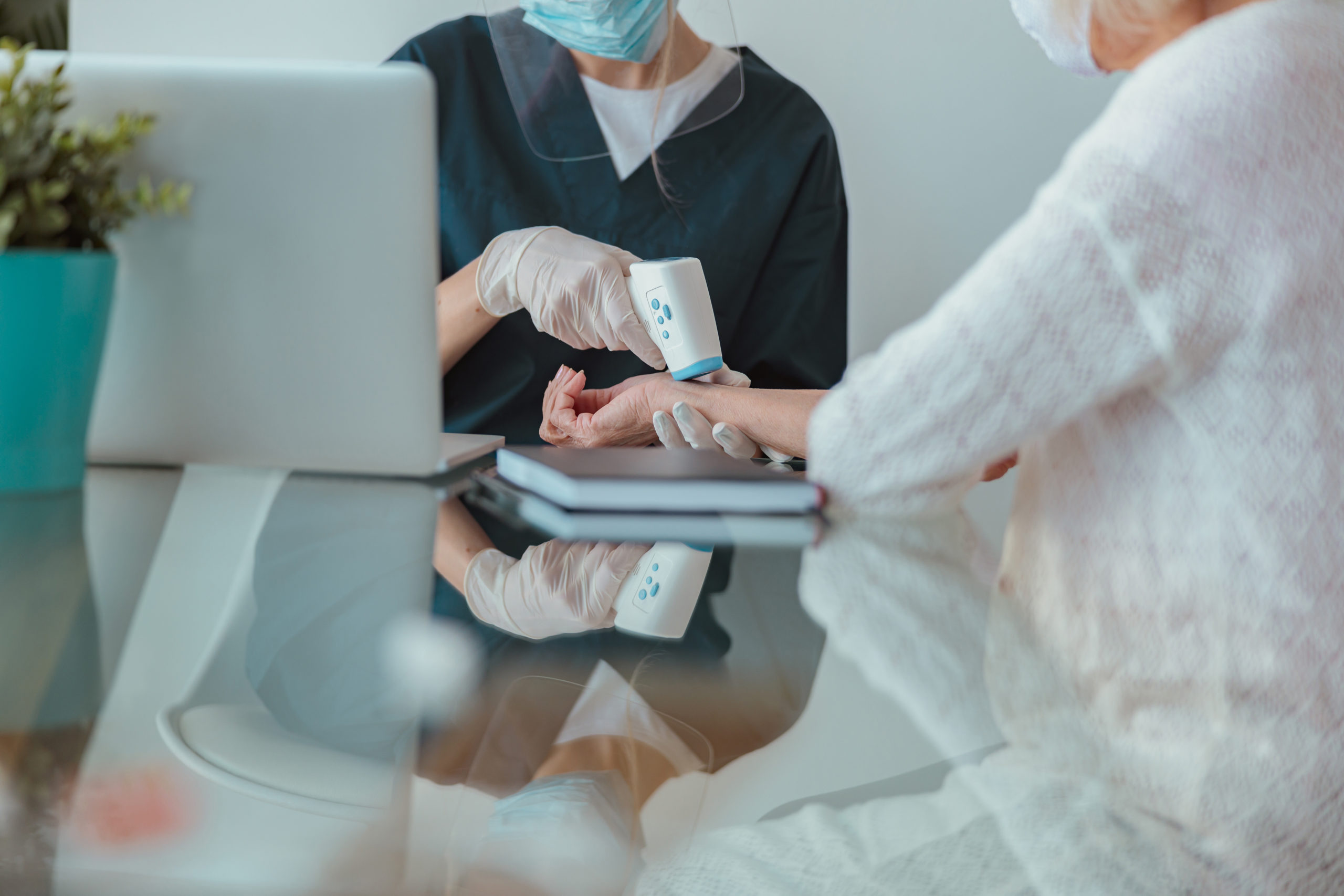It isn’t just in Ireland that the hospitals are full. And they are full, by the way. On March 24, 2022 the 1,425 people hospitalised in Ireland with coronavirus is a third higher than that number has been in a year. So hospital at home is, unsurprisingly, hitting the big time. Amazon last month signed a deal with the telemedicine provider Teladoc to offer virtual care through Alexa.
In fact, the very success of health-related mobile apps – there are 350,000 of them worldwide, according to life science analytics company IQVIA – sometimes makes it a challenge for the prescription digital therapeutics companies, like US-based Pear and Better Therapeutics, to differentiate themselves.
These products don’t count steps or calories, they actually treat disease, so a doctor needs to be involved. In an Irish context, the shift to home care is benefiting from energetic and highly praised leadership from Professor Martin Curley, director of the HSE’s digital
transformation programme.
The HSE’s Stay Left, Shift Left strategy majors on using technology to move people as quickly as possible from an acute, to a community, to a home setting. Curley, who says Ireland’s digital health sector is a decade behind other spaces such as fintech, introduced the plan as a riff on Intel’s ‘Shift Left’, which refers to taking a task performed later in the software lifecycle (like testing) to much earlier.
In this context, ‘stay left’ refers to using digital technology to keep people well or help them maintain conditions in their home, while ‘shift left’ means discharging patients as soon as possible from an acute to a community, then home setting.
During the pandemic, remote respiratory management proved a major direction for this strategy, unsurprisingly. This moved from smaller scale patient monitoring via pulse oximeters and apps, up to a Living Lab monitoring 850 patients with chronic respiratory conditions from their home.
Another Irish covid introduction, on which PMD Solutions partnered, is RespiraSense, which measures a person’s respiratory rates with piezoelectric technology, combined with novel algorithms that give 12-hour notice if a patient appears likely to deteriorate. The Irish software-as-a-service company RedZinc has meanwhile worked on a new video conferencing platform with St James’s Hospital and the HSE’s mental health division, for consultants to speak quickly and securely with patients. What’s meanwhile holding up the hospital at home, then?
For one, with some digital therapeutics, doctors are a pinch point because they are unsure how to work these tools into their workflow, Happify’s Christopher Wasden told an audience at this year’s CES (the tech sector’s largest annual get-together). Also, in the devices space Ireland is now benefiting from an influx of US tech, from startups to titans.
California medical devices company Raydiant Oximetry, for example, announced in late 2021 it was going to begin a team in Ireland. A mature research and development framework, juicy tax credits (where Ireland has one of 25% for R&D), and continued access to the EU market are all lures here for companies like Raydiant. Ireland anyhow has form in health at home.
Delivery of antibiotics at a patient’s residence – a service often called OPAT (for outpatient parenteral antimicrobial therapy) – is something private providers like TCP Homecare have offered since 2012.






